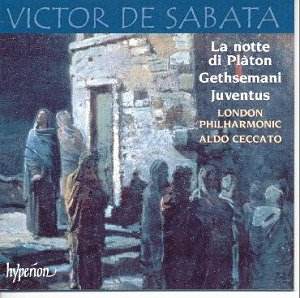 Composer: Carl Philipp Emanuel Bach
Composer: Carl Philipp Emanuel Bach
Works: Sonata in G major, W65/22 (H.56); Sonata in A minor, W65/25 (H.61); Sonata in F major, W62/8 (H.55); Sonata in D minor, W65/23 (H.57); Sonata in C major, W62/10 (H.59)
Performers: Miklós Spányi, clavichord
Recording: July 1999, House of the Lukijoki Youth Association, Finland
Label: BIS
Carl Philipp Emanuel Bach, the most renowned of Johann Sebastian Bach’s sons, occupies a pivotal position in the transition from the Baroque to the Classical era. This seventh volume in Miklós Spányi’s ongoing exploration of C.P.E. Bach’s solo keyboard music presents five sonatas for clavichord, showcasing the composer’s innovative spirit and his mastery of the instrument. Each work is encapsulated in the standard three-movement form, a structure that C.P.E. Bach both employed and expanded, revealing his deep understanding of musical narrative.
Spányi’s interpretation highlights the nuanced expressiveness inherent in the clavichord. The sonatas open with expansive first movements that serve as the thematic foundation for the entire work. The Sonata in G major, for instance, unfolds with a lyrical grace, its long lines and intricate ornamentation revealing both the emotional depth and technical prowess of the composer. Spányi navigates these passages with a deft touch, his phrasing imbued with a sensitivity that captures the subtleties of C.P.E. Bach’s melodic invention. The use of rubato is judiciously applied, enhancing the music’s conversational quality without detracting from its structural integrity.
The middle movements, characterized by their delicate textures, allow the clavichord’s muted resonance to shine. Here, Spányi’s articulation is particularly commendable; the gentle dynamic contrasts and subtle gradations of sound create an intimate atmosphere, which is quintessential to the clavichord’s nature. The Sonata in A minor exemplifies this perfectly, with its lyrical second movement evoking a sense of introspection that resonates with the listener. Spányi’s tasteful ornamentation serves both to embellish the music and to honor the composer’s intent, showcasing a balance between expressiveness and restraint.
Throughout the final movements, marked by their rhythmic vitality, Spányi reveals C.P.E. Bach’s penchant for dance-like rhythms. The Allegro di molto of the D minor sonata, with its lively tempo and spirited interplay, exemplifies this joyfulness. Spányi’s command of the clavichord is evident as he deftly articulates the lively motifs, bringing to life Bach’s engaging dialogues between musical ideas. The engineering of this recording is noteworthy; the sound is warm and intimate, capturing the unique tonality of the clavichord without overwhelming its subtlety. This quality allows each sonata to unfold naturally, with clarity in the intricate lines and harmonies.
Comparisons with other notable recordings of C.P.E. Bach’s clavichord works reveal Spányi’s unique interpretative approach, which marries historical awareness with a modern sensibility. While some interpretations may lean towards a more vigorous or flamboyant style, Spányi opts for a reflective and lyrical reading, drawing out the emotional landscape of the music. This choice enhances the listener’s appreciation of Bach’s innovative harmonic language and structural ingenuity.
Miklós Spányi’s latest installment in this monumental series not only affirms Carl Philipp Emanuel Bach’s status as a preeminent composer for the clavichord but also invites deeper exploration into the emotional and technical breadth of his keyboard works. The recording stands as a testament to C.P.E. Bach’s enduring legacy, offering both seasoned listeners and new audiences a rich tapestry of musical discovery. The combination of exceptional musicianship and thoughtful interpretation makes this volume an essential addition to the discography of one of the most significant figures in early Classical music.



